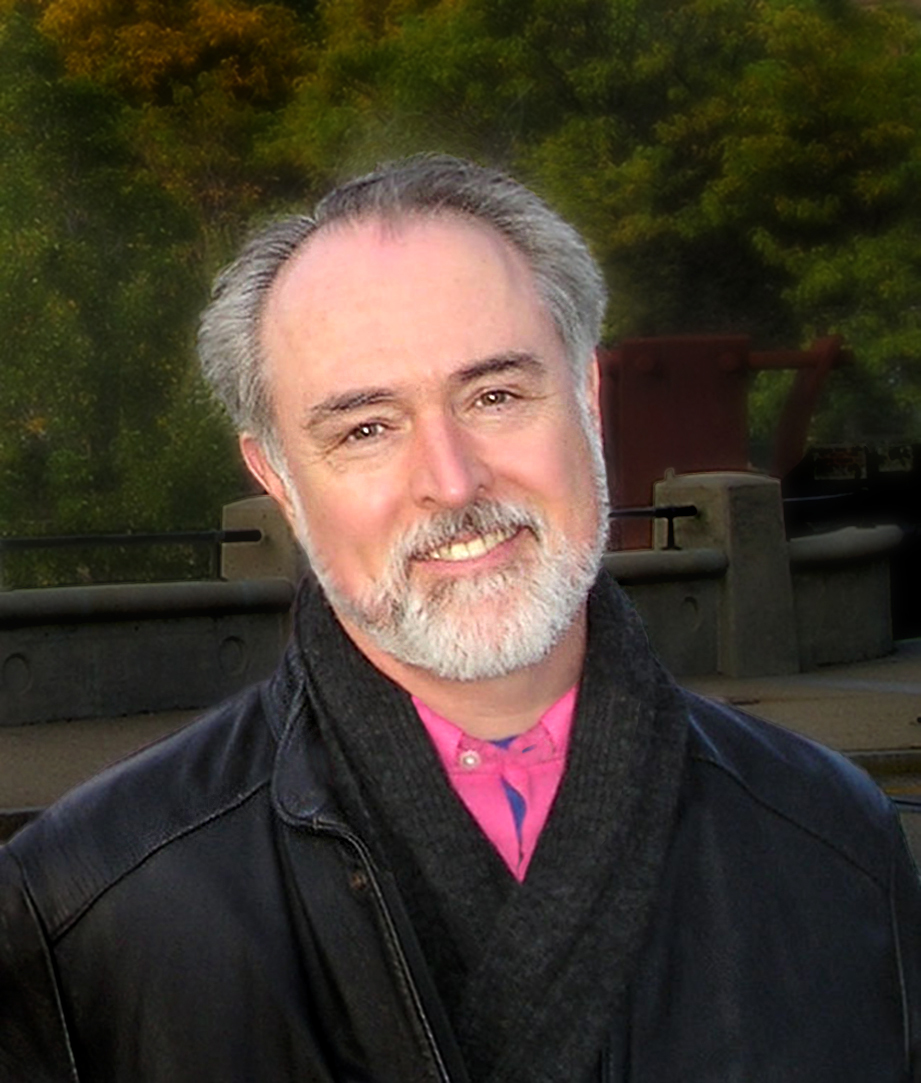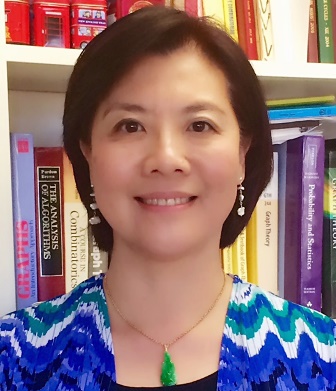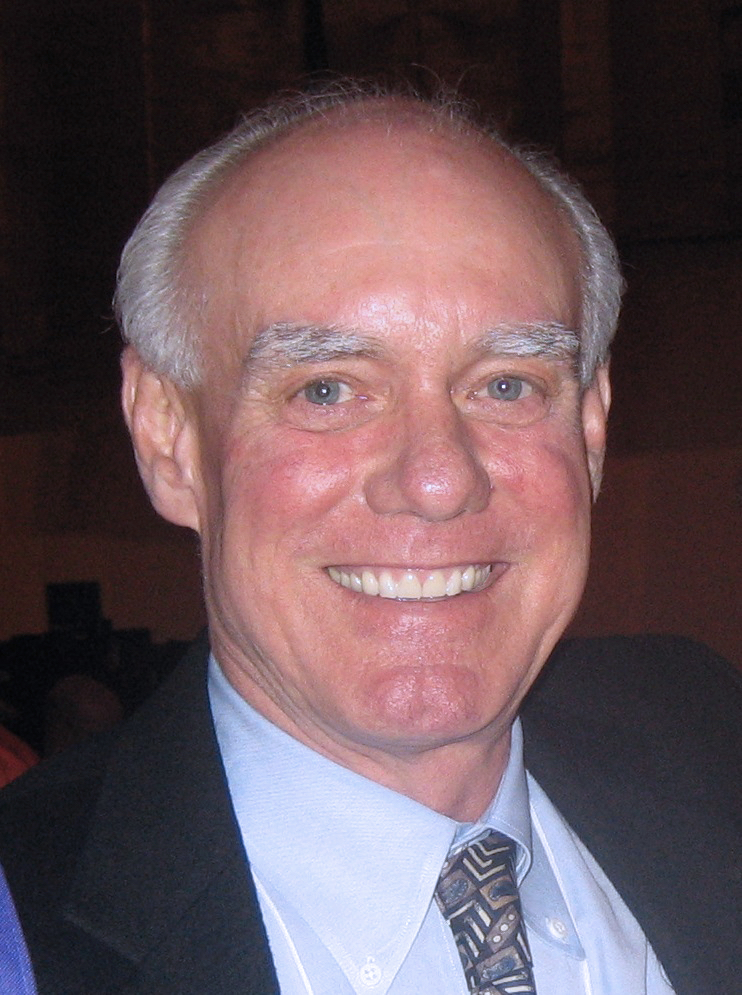Register
Online Registration coming soon! Click here to register online and pay with a credit card (deadline Thursday, November 5th at 5:00pm).
Click here to register by mail (pdf) and pay by check (deadline: received by Thurs., November 5).
Fall 2015 SoCal-Nev Section Meeting
Cal Poly San Luis Obispo
San Luis Obispo, CA
Saturday, November 14, 2015
Program
Featuring invited addresses by
- Frank Farris, Santa Clara University
Symmetry as Analysis (not Algebra)
- Daphne Liu, California State University, Los Angeles, 2015 MAA Southern California-Nevada Section Distinguished Teaching Award winner
- Pat McKeague, Owner, MathTV.com and XYZ Textbooks
The meeting also will feature a contributed paper session. Follow the link for the Call for Papers.
Schedule and Tentative Locations
- 8:00-12:00 Registration
TBD - 8:00 -10:30 Refreshments
TBD
- 8:00-9:00 Graduate Students drop-off Job Application Materials for Feedback
TBD - 8:30-4:10 MAA Book Sale
TBD
Organized by Richard Katz, CSU, Los Angeles - 9:00-10:00 Invited Address by Pat McKeague, Owner, MathTV.com and XYZ Textbooks
A Spiritual Side to Mathematics?
University Union 205 - 10:00-10:15 Section Business Meeting
University Union 205
- 10:30-12:30 Contributed Paper Session
TBD
View the call for papers
Organized by Gary Brookfield, CSULA - 12:30-1:30 Lunch
Lunches will be distributed in TBD - 1:30-2:30 Invited Address by Daphne Liu, CSU Los Angeles, California
Density of Integral Sequences with Forbidden Differences and Its Relations to Graph Coloring
Southern California-Nevada Teaching Award winner
University Union 205 - 2:30-3:00 Refreshments
TBD - 2:45-3:00 Graduate Students pick up reviewed job application materials.
TBD - 3:00-4:00 Invited Address by Frank A. Farris, Santa Clara University, California
Symmetry as Analysis (not Algebra)
University Union 205
Directions and Maps
For a campus map and driving directions, see the website at http://www.maps.calpoly.edu/getting_around.html. Here is a PDF of the campus map with conference locations highlighted.
Parking: Parking is free in Lot K1 (see campus map). No permit is required.
Hotels
Individuals may reserve hotel rooms at the Holiday Inn Express, 1800 Monterey Street, San Luis Obispo, at a group rate of $178 for the nights of Friday, Nov. 13 and Saturday, Nov. 14. To reserve rooms, individuals must call the hotel directly at (805) 544-8600 and identify themselves to be with the MAA Math Conference to receive this rate. This rate will only be available until Saturday, October 24. At that time, any unreserved rooms will be released to the general inventory, and the standard rack rates will apply.
Registration Fees
| Registration | |
| Nonmember | $45 |
| MAA Member | $40 |
| Student | $15 |
Box lunch Sandwich Options: |
|
| Add | $13 |
On-site registration will be available for the meeting, but will be $5 more than the pre-registration charge.
Register by mail
Click here to register by mail, and pay by check (deadline Monday, November 5).
Trouble viewing the pdf?
Frank A. FarrisSanta Clara University |
Frank A. Farris has taught in the Department of Mathematics and Computer Science at Santa Clara University since 1984. His research involves geometry, visualization, and expository mathematics. From 2001 through 2005 and again in 2009, Farris was Editor of Mathematics Magazine, aspiring to continue the Magazine’s tradition of excellent mathematical exposition accessible at the undergraduate level. In 2011, Farris served as Benedict Distinguished Visiting Professor at Carleton College. His book Creating Symmetry: The Artful Mathematics of Wallpaper Patterns was recently published by Princeton University Press. |
Symmetry as Analysis (not Algebra)
Books about symmetry are shelved in libraries under Algebra, because the concept of group is central to any discussion of symmetry. My work over the past many years has been to reposition symmetry as a branch of analysis, because of the role function spaces play in creating images that display symmetry. In this talk, I’ll give an overview of this approach, described in my book Creating Symmetry: The Artful Mathematics of Wallpaper Patterns. I’ll go on to explain some new work I’ve done in mathematics and art since the book went to press. If you already know about such things as groups, complex variables, and Fourier series, you will see them in a new light. Students unversed in one or more of these concepts will find a useful introduction.
Daphne LiuCSU Los Angeles |
Daphne Liu joined the Cal State Los Angeles faculty in 1991. She enjoys teaching and research deeply and finds her job most fulfilling. Her research interests include graph theory and its interplay with number theory and topology. She received two NSF research grants, and has published more than 45 research articles including some that are co-authored with students. She is the recipient of the 2015 SoCal Nevada Section Distinguished Teaching Award and a CSULA Outstanding Professor Award. Liu has a Ph.D. from the University of South Carolina, Columbia, and a BS from the National Central University, Taiwan. Her path to becoming a math professor started with a graph theory course during her junior year at the National Central University. This course had a life-long impact on her, opening her eyes to mathematics research. Coming full circle, 15 years ago she created a graph theory course at Cal State LA that has been offered every year and has been the path to advanced study for many of her students. |
Density of Integral Sequences with Forbidden Differences and Its Relations to Graph Coloring
Sequences possess many fascinating properties. For instance, the Fibonacci sequence is directly related to the Golden Ratio and appears frequently in nature. In this talk we introduce sequences with forbidden differences, which, like the Fibonacci sequence, provide intriguing and useful properties. For a given set D of positive integers (called the forbidden set), a D-sequence is a sequence S of integers such that the difference of any two terms in S cannot fall in the forbidden set D. The maximum density of such a sequence is closely related to coloring parameters of distance graphs as well as the parameter involved in the "lonely runner conjecture." We introduce these connections and see how they are used to study open problems in these areas, in the process showcasing results from joint works with graduate and undergraduate students. In addition, the speaker will share her experience in mentoring students and in directing student research projects.
Pat McKeagueOwner, XYZ Textbooks and MathTV.com |
Pat McKeague has over 30 years experience as an instructor and textbook author at the community college level, and has written over 20 best-selling textbooks in developmental mathematics. He is a popular speaker at mathematics conferences around the country, with interesting topics such as “Islam and Mathematics: A Story of Cooperation and Peace,” and “What’s up with MOOCs?” He was on the writing team that produced the educational standards in mathematics for the American Mathematics Association for Two-Year Colleges (AMATYC). He is the recipient of the AMATYC Presidential Award for his service to the two-year college mathematics community. In 2010, he started two new companies, XYZ Textbooks and MathTV.com, with the intention of lowering the cost of developmental mathematics textbooks. XYZ Textbooks publishes textbooks from basic mathematics through applied calculus, and MathTV.com has produced over 10,000 instructional videos. Most recently, Pat has created and taught his own MOOCs for college algebra. |
A Spiritual Side to Mathematics?
Can the patterns and connections in mathematics strengthen our spiritual perspective? You will judge for yourself. We start with a simple sequence of numbers and end with fractals and chaos. Along the way we meet philosophers and mathematicians from Pythagoras and Fibonacci, to Pascal and Stephen Hawking. If you like mathematics, this talk is for you. If you dislike mathematics, this talk is especially for you.
Contributed Paper Session
Faculty and students (undergraduate and graduate) are invited to submit short proposals for 15-minute talks in the Contributed Paper Session of the Fall 2015 Meeting.
This session accepts contributions in all areas of mathematics, including research and pedagogy, and all complete proposals will be considered.
The selection of talks will be based on interest to the expected audience, on common themes with other submissions, and on scheduling constraints. Since space and time are limited, acceptance may be prioritized based on the status of the speaker; first undergraduates (U), then graduate students (G), retirees (R), and faculty (F) in order of rank (lower rank has higher priority).
Submissions should contain a title, an abstract (not to exceed 150 words, should be suitable for inclusion in the conference program), the author(s) of the paper (with an indication of who the presenter will be), the desirable mathematical background of the audience, and any special presentation display needs(*).
Do include in each submission the institutional affiliations of all authors if they have any, as well as their current status (U, G, R, or F). Select up to two of the categories below to indicate your main theme:
Education / Pedagogy;
History and Philosophy of Mathematics;
Interdisciplinary Topics;
Probability and Statistics;
Geometry and Linear Algebra;
Analysis;
Number Theory;
Graph Theory and Combinatorics;
Algebra and Topology;
Applied Mathematics;
Other Assorted Topics.
(*) Each room will have a built-in projector for computers. If you require a document camera, a computer, or any other presentation setup, please say so in your proposal and we will work with you to obtain one.
Ideally abstracts should be submitted in LaTeX format, with an accompanying PDF file. If you do not use LaTeX, please submit a Text document together with a PDF file. Please email all submissions to Gary Brookfield (gbrookf at calstatela.edu).
The submission deadline is 12 noon on Friday, October 30, 2015. Looking forward to your submissions!
